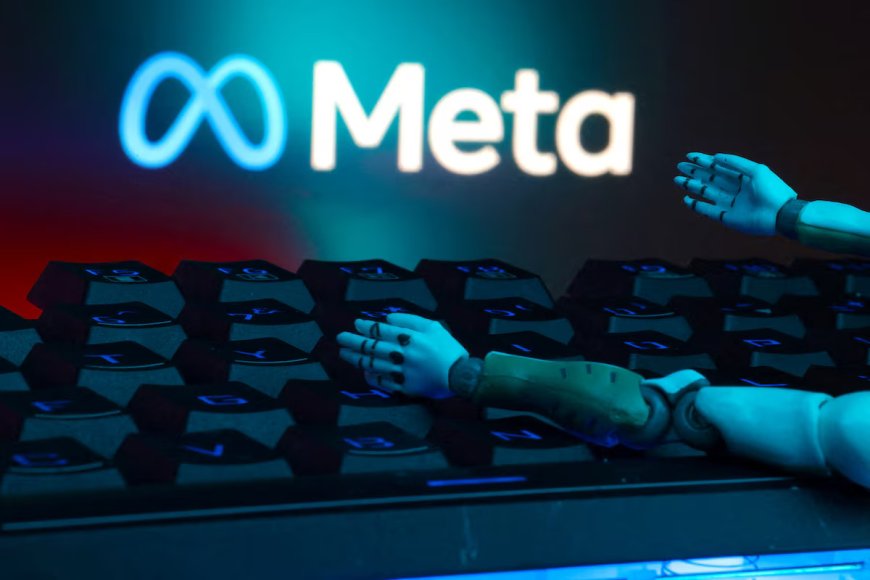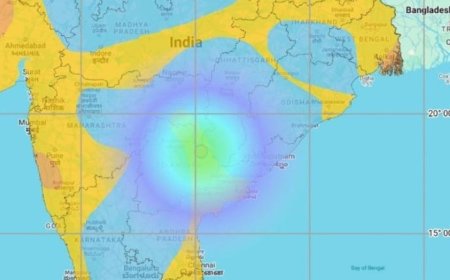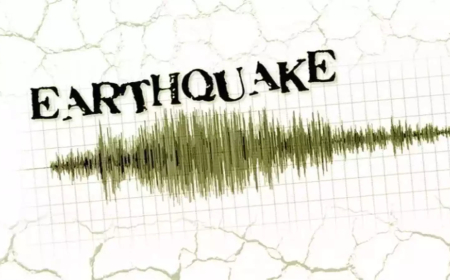Meta Unveils Llama 4: Everything You Should Know About The Newest Free-to-Use AI Model
Meta has officially introduced Llama 4, its most advanced open AI tool so far. Discover its new features, how it compares to other AI models, and why it's a big deal for developers and researchers.

Meta Presents Llama 4: A Simple Breakdown of the Newest AI Tool Everyone's Talking About
Meta (the company behind Facebook and Instagram) has just introduced its latest version of LLaMA, an open-source artificial intelligence model known as Llama 4. This new tool is meant to push the boundaries of what AI can do—especially in how machines understand and produce human-like text.
In this article, we’ll walk you through everything about Llama 4 in simple, clear language. Whether you're a tech enthusiast, a developer, or just someone curious about artificial intelligence, this post will keep you fully updated.
1. What Exactly Is Llama 4?
-
Llama 4 stands for “Large Language Model Meta AI 4”.
-
It’s the fourth and newest version in Meta’s LLaMA series.
-
Like earlier versions, Llama 4 is trained to understand and generate text, answer questions, summarize content, and more.
-
Unlike some other AI tools, Llama 4 is open-source, which means anyone can access and use it (with permission from Meta).
2. When Was It Announced?
-
Llama 4 was officially introduced in April 2025.
-
Meta made the announcement during a major AI update event.
-
This follows the growing excitement around artificial intelligence in tools like ChatGPT and Gemini.
3. How Llama 4 is Different from Llama 3?
Meta has made several improvements in Llama 4 compared to its earlier model:
-
Smarter Responses: It understands complicated questions better and gives more relevant answers.
-
Larger Dataset: It’s trained on more up-to-date and bigger data, making it more knowledgeable.
-
Better Reasoning: It can follow logic and patterns more accurately.
-
Multimodal Features (Coming Soon): Meta plans to add features that let Llama 4 understand not just text, but also images and maybe videos.
4. Why Meta’s Llama 4 Is a Game-Changer
-
Free for Many Users: Since it’s open-source, developers, researchers, and even startups can use it without paying high fees.
-
Transparency: Meta allows others to view and improve the model’s code, helping build trust in how it works.
-
Innovation Friendly: It’s a great option for creating new AI apps, chatbots, and other tools.
-
Competes with Giants: Llama 4 is Meta’s answer to models like GPT-4 from OpenAI and Gemini from Google.
5. Who Can Use Llama 4?
-
Developers working on apps and software
-
Researchers studying language and AI
-
Students learning machine learning
-
Startups building AI-powered tools
-
Tech companies testing new features
Meta asks users to request access and follow usage rules to avoid misuse of the model.
6. Key Features of Llama 4
-
Supports Many Languages: Llama 4 can work in multiple global languages.
-
Handles Complex Tasks: From writing code to summarizing research, it’s capable of deep, meaningful output.
-
Fast and Efficient: Llama 4 runs faster and uses system resources better than older versions.
-
Expandable: Developers can train it further to fit their needs.
-
Secure Use: With community feedback and usage rules, Meta aims to reduce harmful misuse.
7. What Makes Llama 4 Open Source Special?
-
Most powerful AI models are kept private by companies like OpenAI.
-
But Meta lets developers see how Llama 4 is built.
-
This boosts innovation and allows people to learn from the model.
-
It’s ideal for education, research, and improving AI safety.
8. Llama 4 Performance: How Smart Is It?
-
In early tests, Llama 4 performs almost as well as GPT-4 in text generation.
-
It’s more accurate than Llama 3 on benchmark tests.
-
It ranks high on reasoning, logic, and question answering.
-
It can even follow instructions in long documents better than earlier versions.
9. Meta’s Future Plans for Llama AI
Meta has shared that they’re not stopping here:
-
They plan to release a version of Llama 4 that supports both text and images.
-
Future updates may include real-time voice features.
-
Meta also hinted at building AI-powered assistants using Llama 4 for Facebook and Instagram.
10. How to Get Llama 4?
-
Visit Meta’s official website or developer portal.
-
Fill out a request form to get permission to download the model.
-
Once approved, you’ll be able to access the code, instructions, and user guides.
-
You’ll need basic tech knowledge or a developer to help run it.
11. Real Uses of Llama 4 in the World Today
-
AI Chatbots: Building smarter customer support bots
-
Language Translation: Improving how software translates between languages
-
Content Writing: Helping writers draft articles and emails
-
Data Summarizing: Turning long research into short notes
-
Coding Help: Suggesting lines of code or debugging errors
12. What Are the Risks & Limitations?
As powerful as it is, Llama 4 isn’t perfect:
-
Still Learning: It can sometimes give wrong or outdated answers.
-
Bias Risk: Like all AI, it may show bias if not used carefully.
-
Misuse Possible: Open-source freedom means it could be used wrongly if not monitored.
Meta has added safety rules and expects users to act responsibly when using Llama 4.
13. What Tech Experts Are Saying
-
Many AI researchers are excited about Llama 4’s open nature and potential.
-
Developers say it helps them build tools faster without spending much.
-
Some say it could even become a strong rival to private tools like GPT-4.
-
Privacy advocates support the open-source approach for being more transparent.
14. In Conclusion – Why Llama 4 Matters
Llama 4 is not just another tech release. It’s Meta’s way of helping more people explore the power of artificial intelligence—without the huge cost or secrecy.
Key Takeaways:
-
Open-source and free (with permission)
-
Powerful for many tasks like writing, coding, and translating
-
Easy to access for developers and learners
-
Safer, smarter, and faster than previous versions
-
Helps shape a more transparent future in AI
Want a social media caption to share this blog with your followers? Let me know, and I’ll create one!
What's Your Reaction?

























































